Search Results for: '{{searchText}}'
Sorry...
We don't seem to have what you're looking for.
However we do have thousands of magnificent pieces of silver and jewellery available for you to view online. Browse our store using one of these categories.
Please wait for loading data... 
Browse these categories under "Clocks & Antique Timepieces"


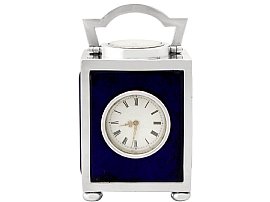

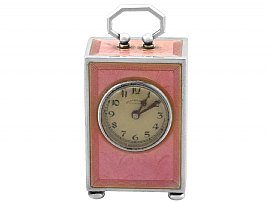

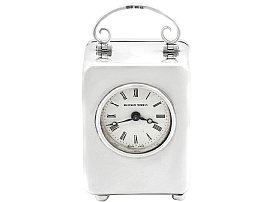
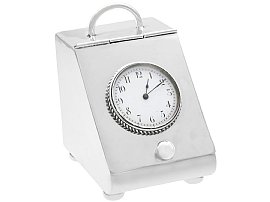
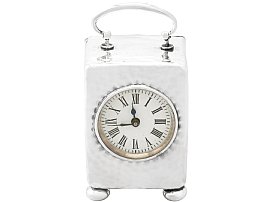
Sterling Silver Gilt Mantel Clock - Antique Edwardian (1905)
Price: GBP £5,950.00Sterling Silver Carriage Clock - Antique Edwardian (1907)
Price: GBP £5,950.00Sterling Silver Travelling Clock/Compass - Antique Victorian
Price: GBP £4,345.00Victorian Sterling Silver Gilt and Celluloid Gent's Travelling Vanity Set
Price: GBP £3,950.00Swiss Silver & Enamel Miniature Boudoir Clock - Antique Circa 1910
Price: GBP £2,450.00Sterling Silver & Tortoiseshell Boudoir Clock - Antique George V
Price: GBP £2,195.00Sterling Silver Miniature Boudoir Clock - Vintage (1982)
Price: GBP £1,645.00Sterling Silver Jewellery Box and Watch - Antique Edwardian (1901)
Price: GBP £1,495.00Sterling Silver Boudoir Clock - Antique Victorian (1898)
Price: GBP £1,425.00



